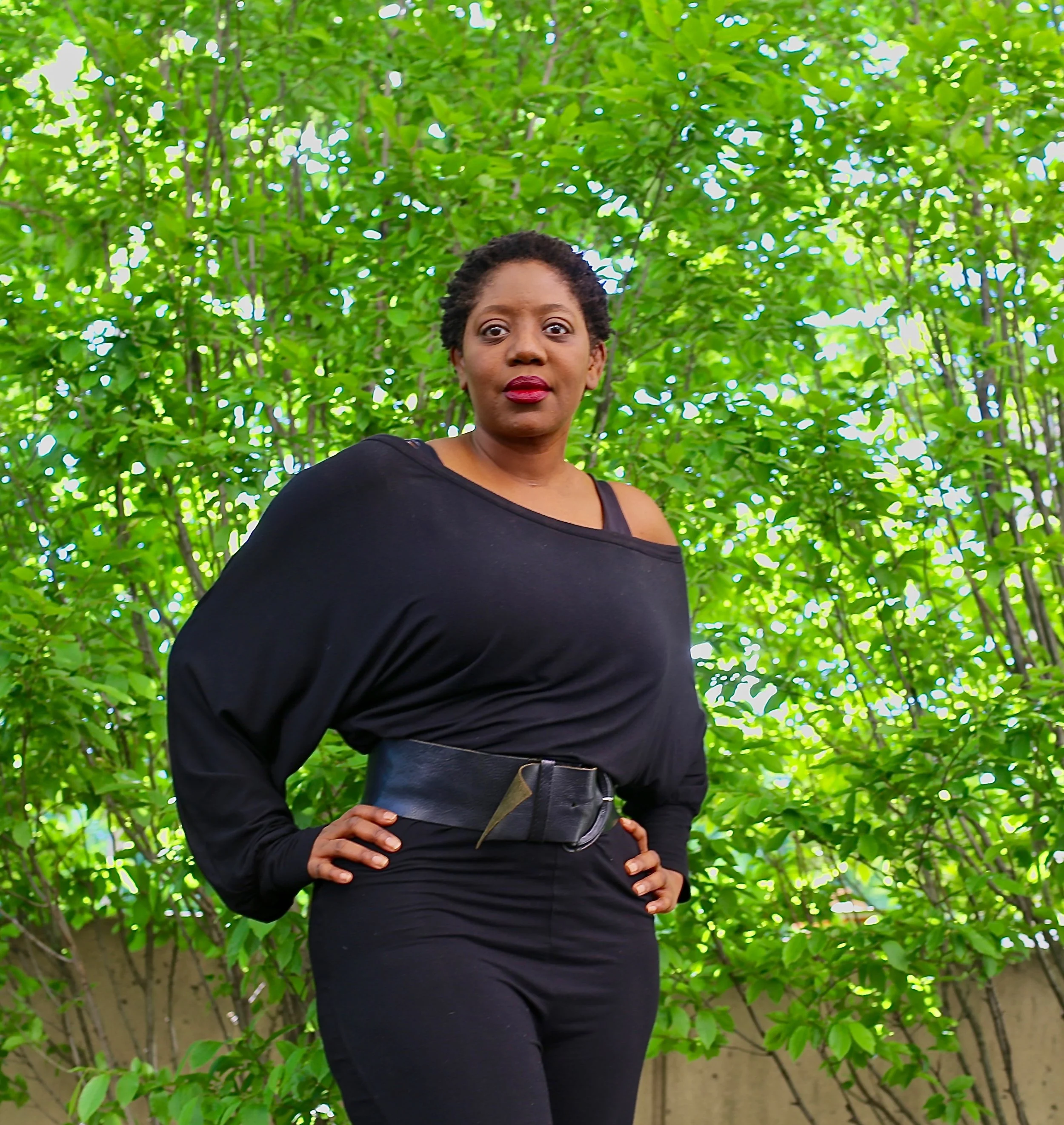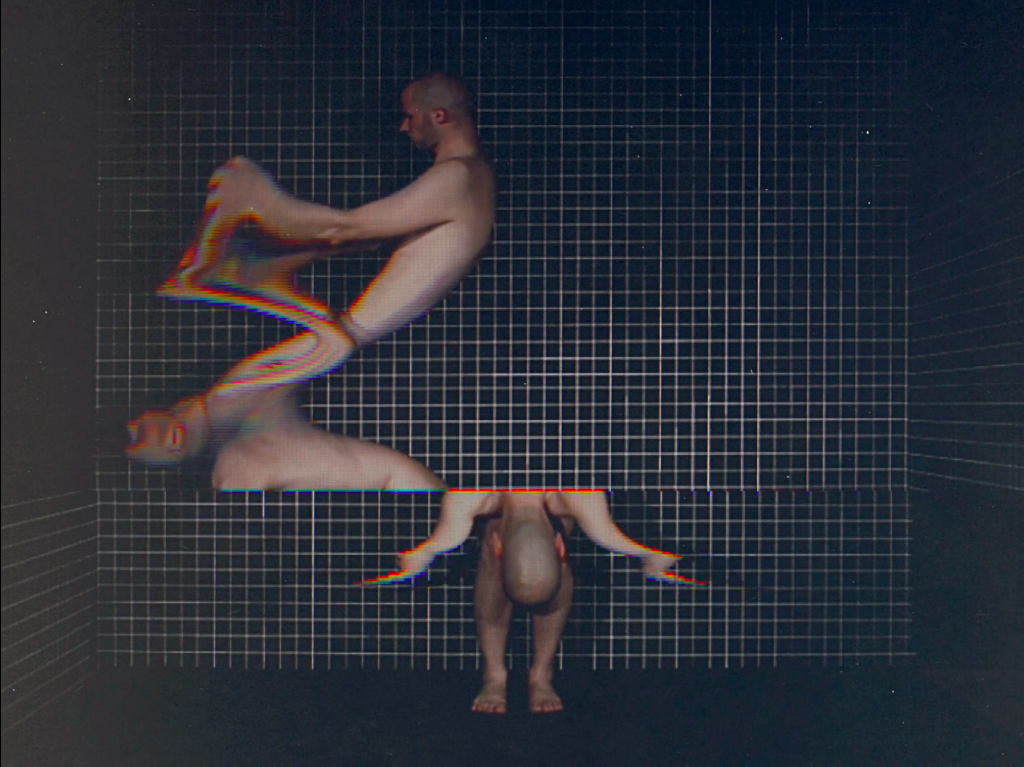The Women of Pier 94
Women’s History Month opened with The Armory Show 2020 and a number of satellite fairs in New York this week. I intentionally searched for work by women as I walked through the preview for the galleries section at Pier 94 on Wednesday. As I began to write my review on Thursday, the announcement of the last viable female presidential candidate’s campaign suspension pushed through on my phone and laptop. I saw social media posts of many women mourning this loss and another opportunity for a Madame President. I still have hope, though, and I feel that it is my duty to celebrate the progress that we are making in the art world.
Mella Jaarsma, Feeding The Nation II, 2020, Two costume installation: Metal, water, pump, hose, leather, fabric, 60 x 23.6 x 20 inches each.
I am a Los Angeles native who moved to New York for the art world. I am now seeing the possibility of returning to a more temperate climate that doesn’t hit unbearable extremes in the summer and winter months. This is because I keep finding amazing work exhibited by Los Angeles galleries. I see why the city the city is becoming a destination for the international art world. The booths for Baik + Khneysser (Los Angeles, Seoul) and Vielmetter Los Angeles exhibited strong pieces. Mella Jaarsma’s Feeding the Nation questions traditional gender roles, the domestic realm and the feminine body. I was fortunate to see the wearable sculptures activated in the booth by being worn as costumes in a performance. Kim Dingle’s wall at the Vielmetter Los Angeles booth was designed to evoke a similar sense of chaos as the subject, Priss – Dingle’s devil-child of an id or alter-ego.
Installation view of Vielmetter Los Angeles’s booth. Left to right: Appropriately Violent, 2017, Oil on canvas, 60 x 48". Courtesy of the artist and Vielmetter Los Angeles. Photo credit: Ed Mumford; Toy Baby, 1997, Oil on toy baby, 11 x 5 x 4". Courtesy of the artist and Vielmetter Los Angeles. Photo credit: Jeff McLane; Falling Floater, 2017, Oil on canvas, 60 x 48". Courtesy of the artist and Vielmetter Los Angeles. Photo credit: Jeff McLane.
As a former resident of The Netherlands, I miss the country’s quality of life since moving to New York. One thing that I don’t miss is how the nation deals with the topic of race. The celebration of Sinterklaas and the representation of Zwarte Piet by Dutch people in blackface broke my heart in a nation whose wealth was built upon the backs of Black bodies that were transported, bought and sold like chattel in the North Atlantic Slave Trade. Representation matters, and it was refreshing to see an exhibition of works by artists of the African diaspora at Galerie Ron Mandos. This is the Blackest booth that I have ever seen come from a Dutch gallery, and I hope to see more exhibitions like this in the future.
Esiri Erherine-Esse, The Lost Art of Keeping a Secret, 2015. Oil, ink and xerox transfer on canvas, 53.15 x 66.93 in.
I was especially drawn to the work of Esiri Erherine-Esse (UK), the London-born daughter of Nigerian immigrants. Her large-scale mixed-media works are based, upon vernacular photographs. The Lost Art of Keeping a Secret depicts Erherine-Esse’s mother and schoolmates in Nigeria wearing a variety of natural hairstyles with a collage of American and Nigerian haircare product print advertisements on the wall in the background. The German influence in her painting style, paired with the centering the Black subject, subverts the history of the Black body as the comical sidekick or hidden means of production to be owned or exploited. Her work is currently part of the Prix de Rome exhibition through March 22 at the Stedilijk Museum in Amsterdam.
Rina Banerjee, Fermented origins, filtered and foaming, weathered from significant and insignificant migrations while she weighted and waited for bubbly oceans, urging the beyond to open., 2020, Mixed media, 72 × 28 in.
Galerie Nathalie Obadia (Paris, Brussels) presented a solo booth of the work of Calcutta born and New York based artist Rina Banerjee. Invisible Earth, consists of paintings and mixed-media sculptures that incorporate “textiles from Kashmir and Korea, worry beads form Afghanistan, remains of animals, shells from Philippines, quills form Africa, feathers form Canada, skins, furs(…) ink, dye, lace and knitted steel, marine rope and shipping jute, graphite, brass and copper minerals, coal, wood oils (…).” These materials each have their own history, telling the story of the biodiversity of the earth and suggesting the movement of natural resources and people around the globe. The juxtapositions between the natural and man-made, Eastern and Western, male and female result in striking sculptural assemblages.
Liliana Porter, Tejedora [Weaver], 2017, Fabric, figurine, string on wooden base, 22 1/2 x 96 1/2 x 90 in.
Allison and Kendall Ayers, image by M. Charlene Stevens.
I met the mother/daughter team, Allison and Kendall Ayers, at the booth for the Houston, TX gallery Sicardi | Ayers | Bacino, where I had the opportunity to see more of Liliana Porter’s work since her exhibition at El Museo del Barrio . Porter’s work plays with scale to create scenes in which tasks seem almost insurmountable. The human laborer, rendered in miniature proportions, makes the life-size product of that labor appear gigantic and untenable in comparison. It makes me think of how we regard the people that who make our goods versus the value that we place on the goods themselves.
Martha Edelheit, The Dinner Table is Set for Dessert, 2015. Ink and watercolor on rice paper, 9 5/8h x 11 15/16w in.
At Eric Firestone, historical works form the 60s and 70s are exhibited with more recent works from Martha Edelheit, such as her 2015 erotic works on paper – a playful approach to the female gaze and the centering of female pleasure. Varnette Honeywood’s candid look at Black life subverts the pathological narrative attached to Black communities by the media, showing the beauty of her community and its people.
Varnette Honeywood, Young Warrior, 1975. Acrylic on canvas, 36h x 24w in.
March is Womens’ History Month, and The Armory Show 2020 culminates on Sunday, March 8th: International Womens’ Day. If you are planning a trip to Pier 94, make sure to check out the women artists and dealers at the Armory Show.





![Liliana Porter, Tejedora [Weaver], 2017, Fabric, figurine, string on wooden base, 22 1/2 x 96 1/2 x 90 in.](https://images.squarespace-cdn.com/content/v1/5e2c98d33420f47ac7fad9f8/1583594140065-F5Y7T8WFUN090AMU1CIQ/PorterL-453+%5BLa+tejedora%5D.jpg)












